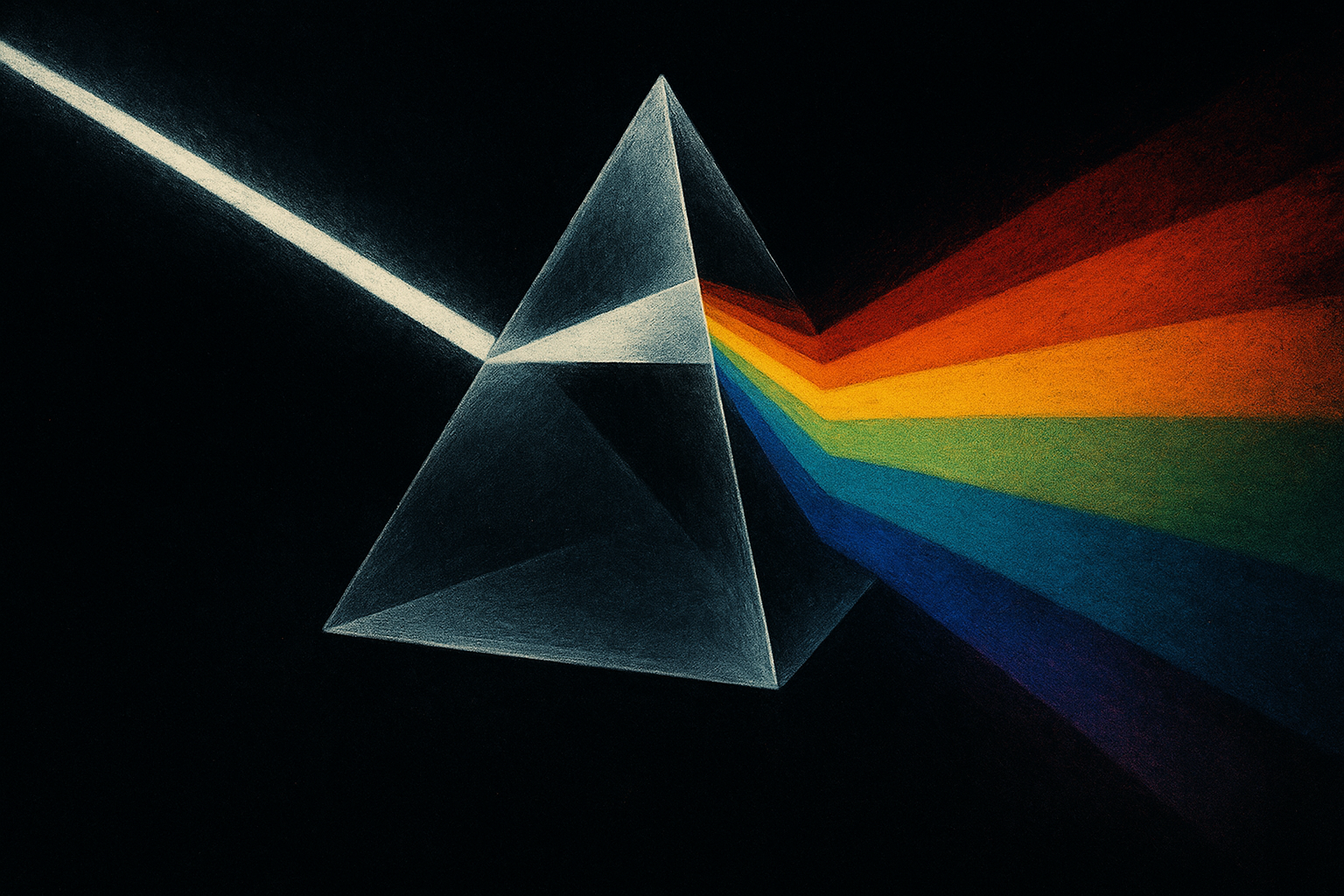The creative process with AI and where humans add value
There’s a lot of noise right now about what AI means for creative people. Every week there’s another hot take, another prediction, another “end of creativity” headline. But here’s what I keep coming back to: creativity has always evolved with technology. It’s never been the tool that defines the idea. It’s the person behind it.
AI is a brilliant assistant. It’s fast, tireless, and surprisingly helpful when you know how to direct it. But it doesn’t know what matters. It doesn’t understand timing, humour, or emotion. It can’t tell when a line lands perfectly or when an edit just feels right. That’s still our territory.
When I’m working, I treat AI like a sparring partner. It helps me move faster, but it doesn’t replace the thinking. I’ll use it to explore variations, generate layouts, test headlines, or rough out a storyboard. It gives me starting points, not final answers. What I value is the extra time it gives back to the creative process. The time to refine, to push, to make something properly sing. The people who will get the most out of AI are the ones who can direct it with taste and precision. If you feed it a vague idea, you’ll get a vague response. But if you know what you’re trying to achieve and can articulate it clearly, it becomes an amplifier. It magnifies your intent, your point of view, your skill. That’s the real difference: AI makes efficiency universal, but it doesn’t make originality universal. The gap between “good” and “great” will actually get wider, because the mechanical part of creation will become effortless. Everyone will be able to produce something decent. Only a few will know how to make something beautiful.
I’ve started to notice that AI also exposes taste very quickly. You can see in seconds whether someone has a clear sense of what looks good, what reads well, and what feels right. The people with taste use AI to accelerate their ideas. The people without it drown in options.
So if you’re a creative, your job isn’t to fight AI. It’s to learn how to brief it, how to push it, and how to use it to make space for better thinking. It’s not replacing your creativity, it’s returning it to you. And we should be honest: the fun part of creative work isn’t resizing banners or writing endless versions of the same line. It’s finding the spark. It’s crafting something that feels alive. That part is still very human. AI doesn’t know the late-night adrenaline of an idea clicking into place. It doesn’t get the goosebumps moment when something works. It never will. I think the next era of creativity will belong to the people who can combine the precision of machines with the messiness of human imagination. People who see AI as a partner rather than a shortcut. The ones who stay curious, stay hands-on, and still love the act of making.
Creativity isn’t dying. It’s evolving. And if we use these tools well, it might just become the most exciting it’s ever been.
